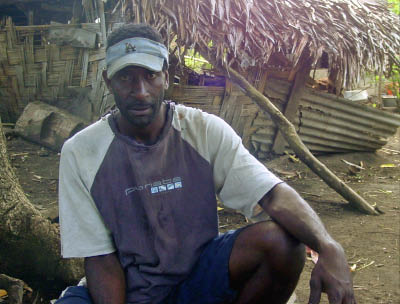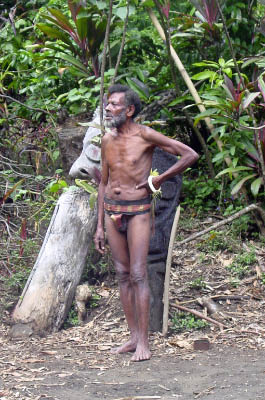| 
|
The ROM Dance The Rom dance is an initiation dance used in the grade taking ceremonies called Maghe, to enable advancement to higher levels within the tribal social structure. It is traditionally performed for ceremonies like circumcisions, appointments of chiefs, the yam harvest, etc. These kastom dances are unique to each grouping of tribes generally having evolved according to geographical area. In the North there are the SeaSnake dances, the Malekula region has some of the Bird dances, Ambrym has the Rom dances, the Southern region has the Toka festival and John Frum dances. Harvest dances celebrating the Yam planting or harvest and the Pig-killing dances are celebrated by tribes of all the islands. The Rom dance is itself a visual mystery as it is exclusively male and kept very secret. Additionally some of the custom dances have stringent rules surrounding them regarding rehearsals or costumes. The dances are rehearsed until the Chief is satisfied with the performance quality. Sometimes the accruements of the dances such as the masks and costumes are destroyed immediately following the dance presentations. As one of the highest profile elements of the ni-vanuatu culture, kastom dances are highly regarded, closely held and revered by the tribal members. And each detail of the dance is meted out by the tribal elders, so as to insure the accuracy of the repetition of the cultural tradition along the generations. Participation by the large extended families and tribal affiliations is intrinsic in the structure and presentations of the dances, weaving family, tribe and culture together into an unbreakable bond. |
 |
|
|
|
PHOTOS OF VANUATU | NEXT>>>>>PENTECOST ISLAND, Vanuatu |






















